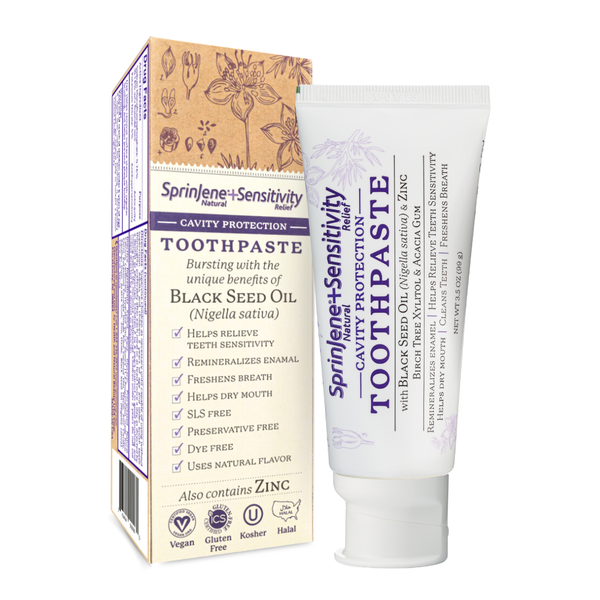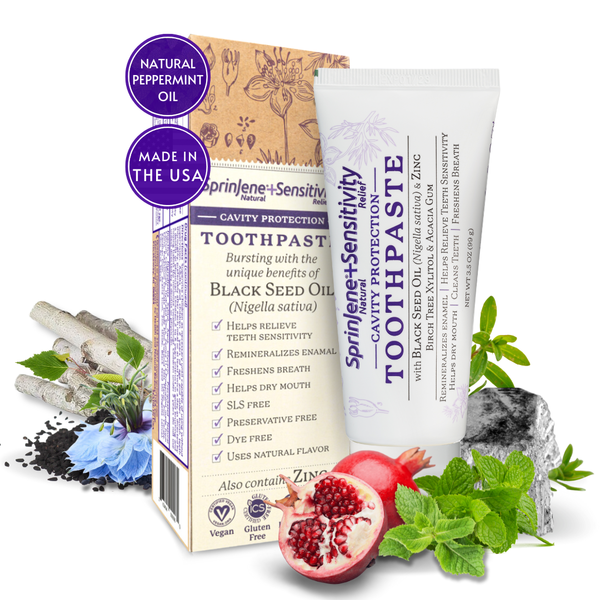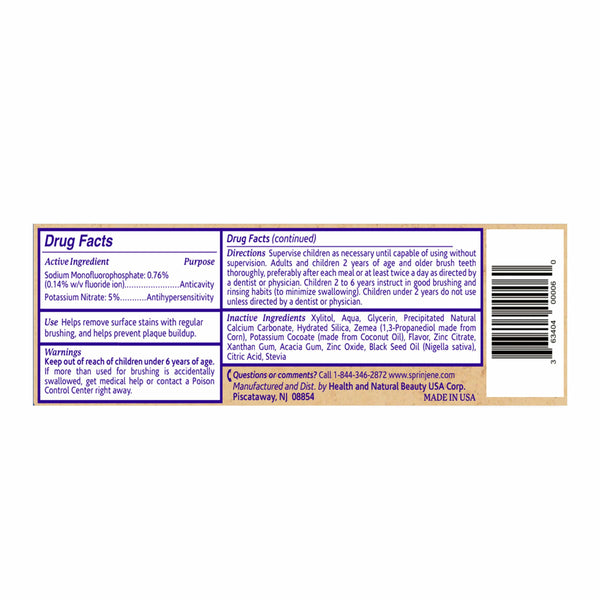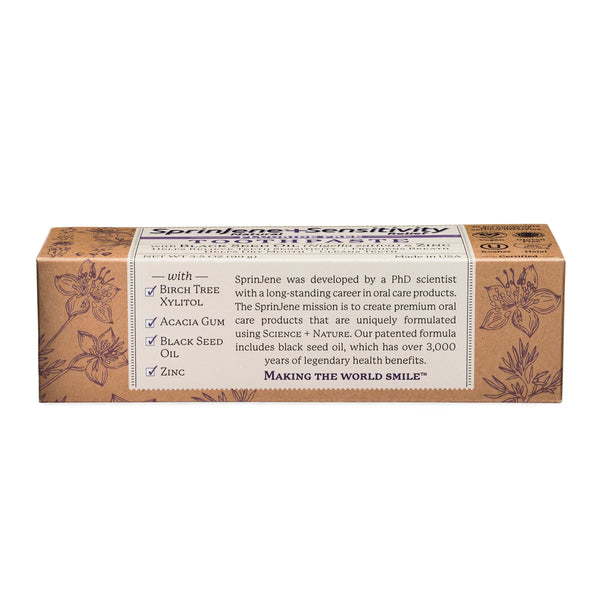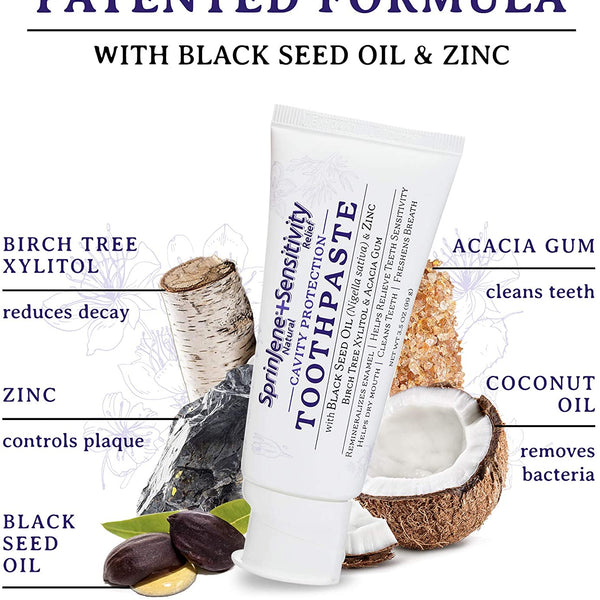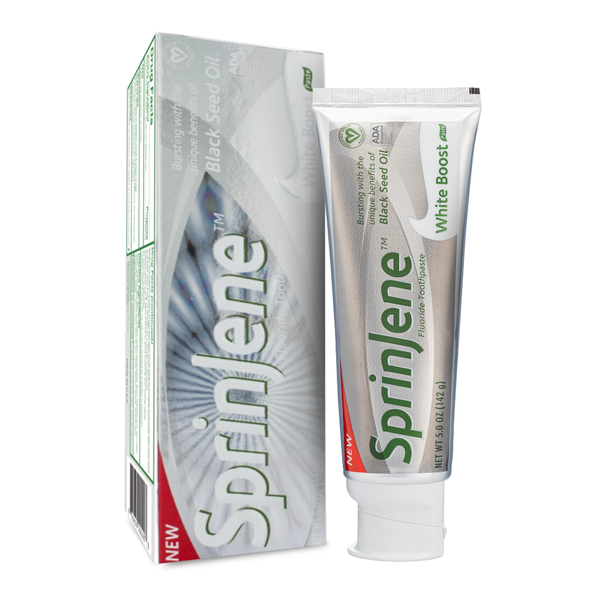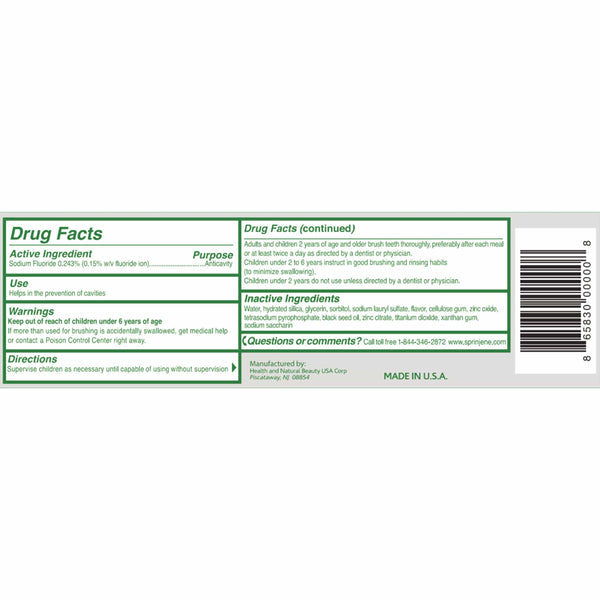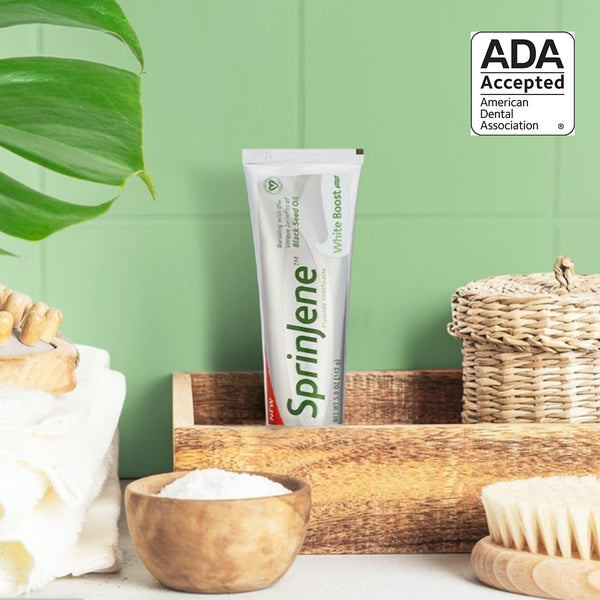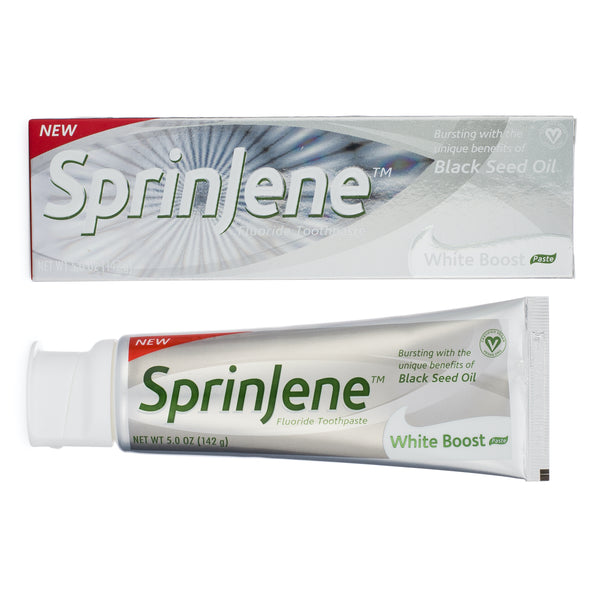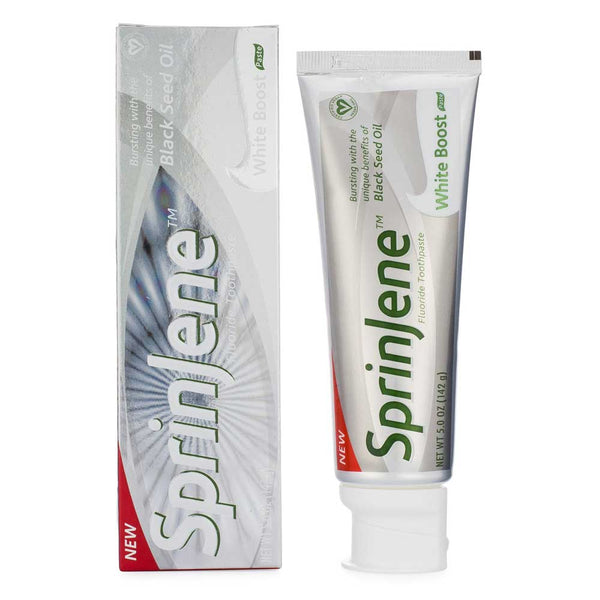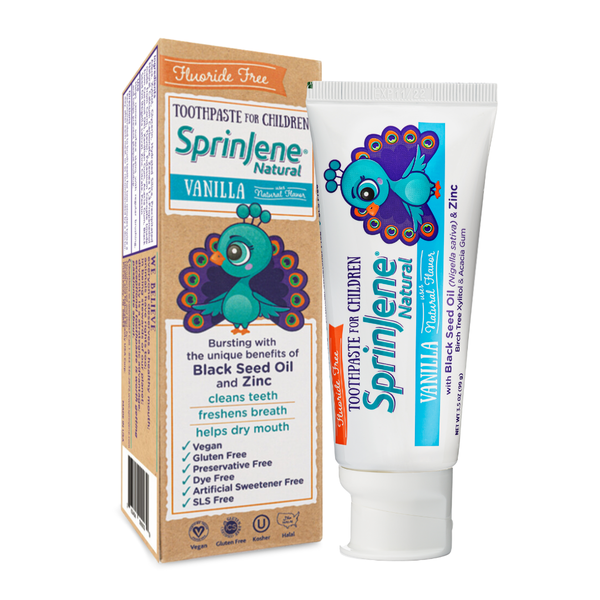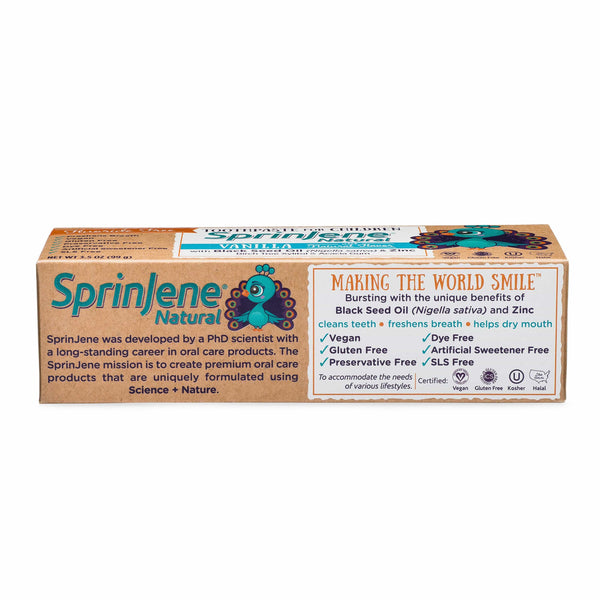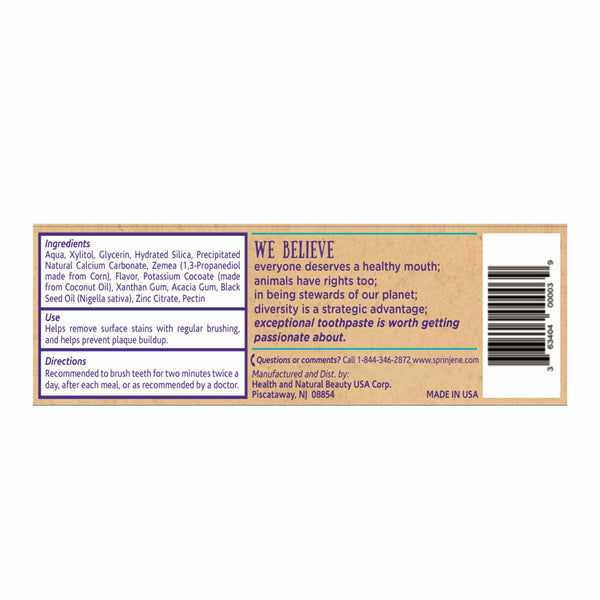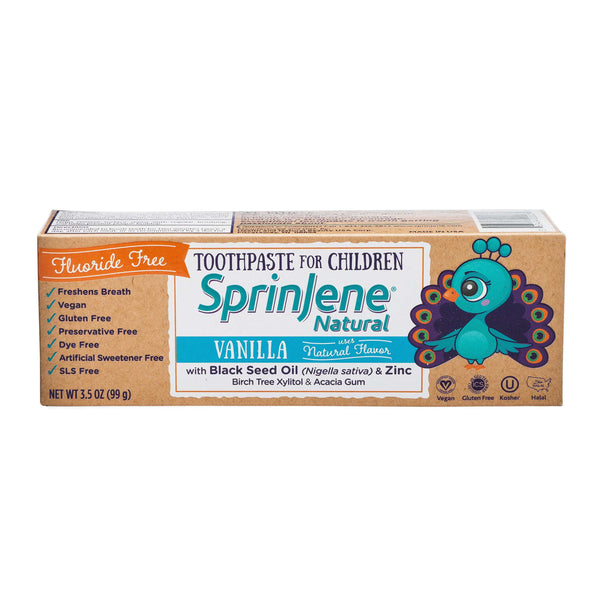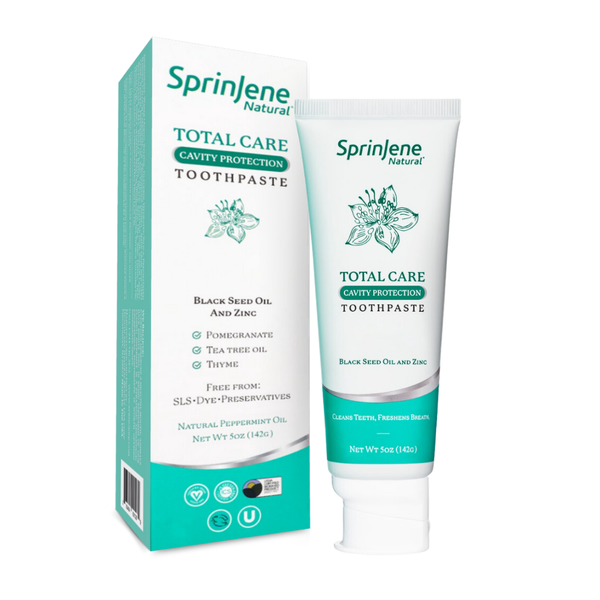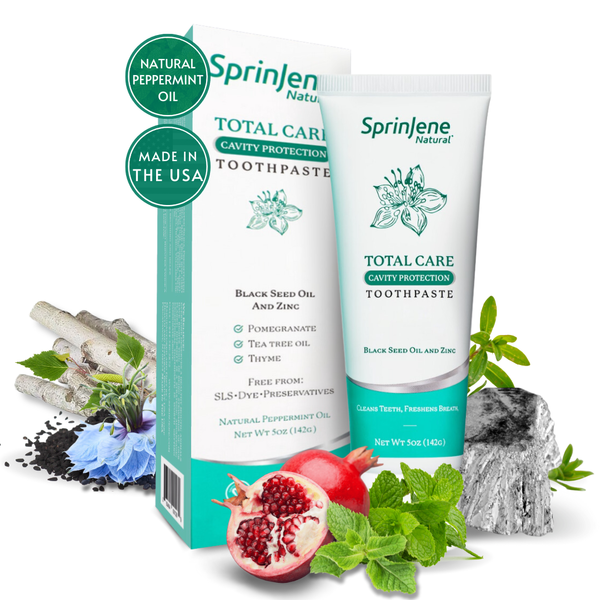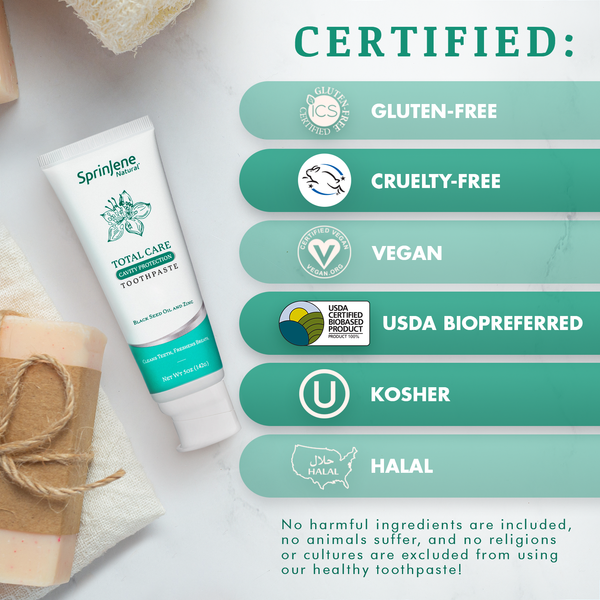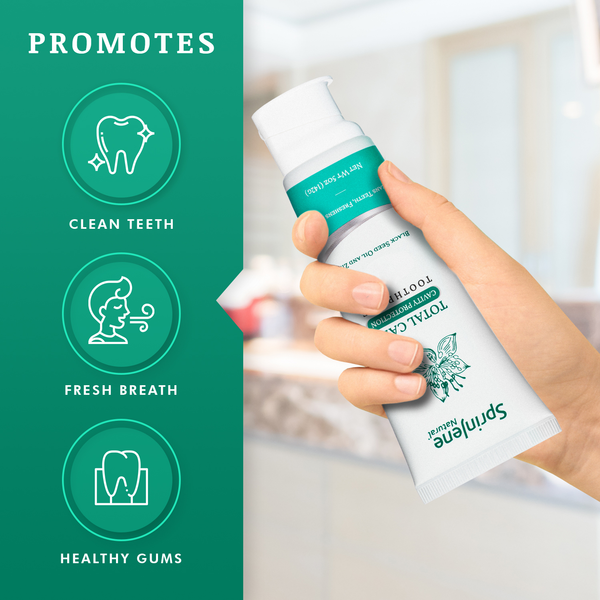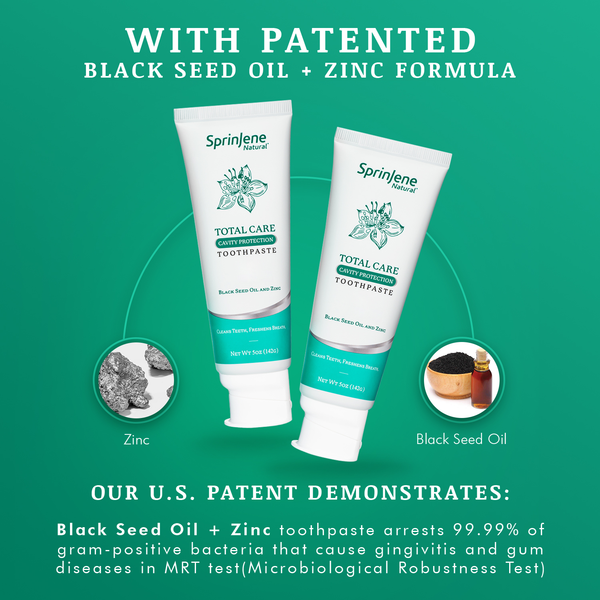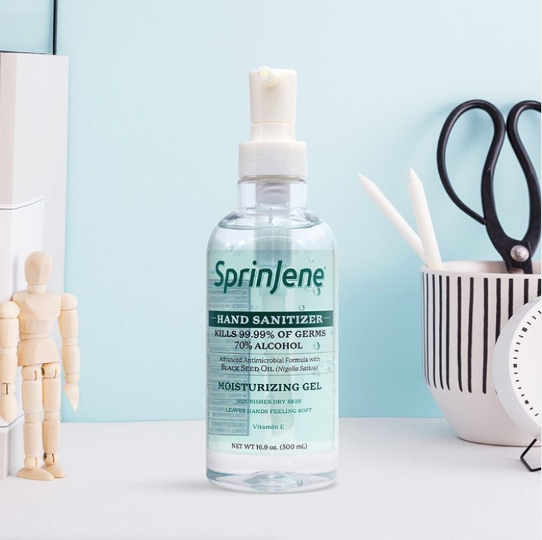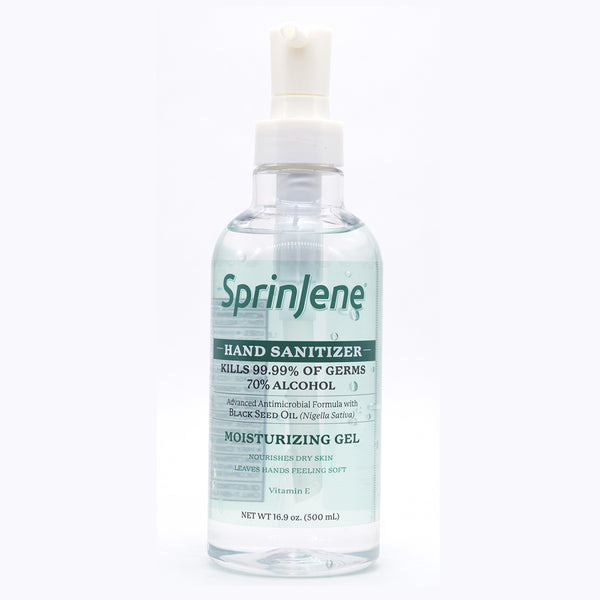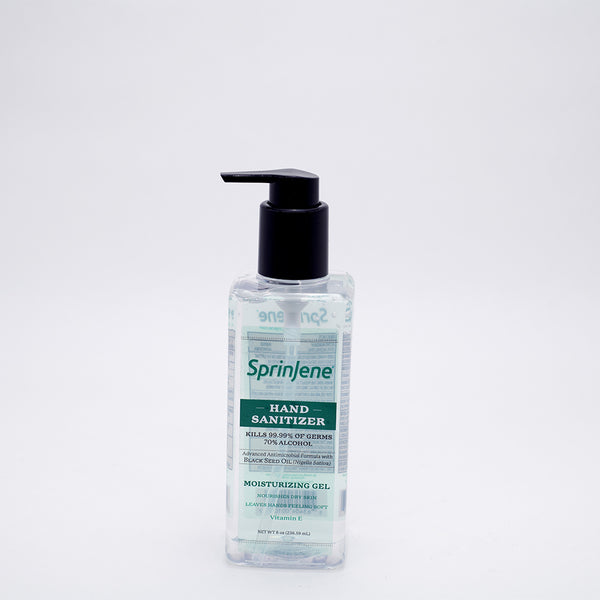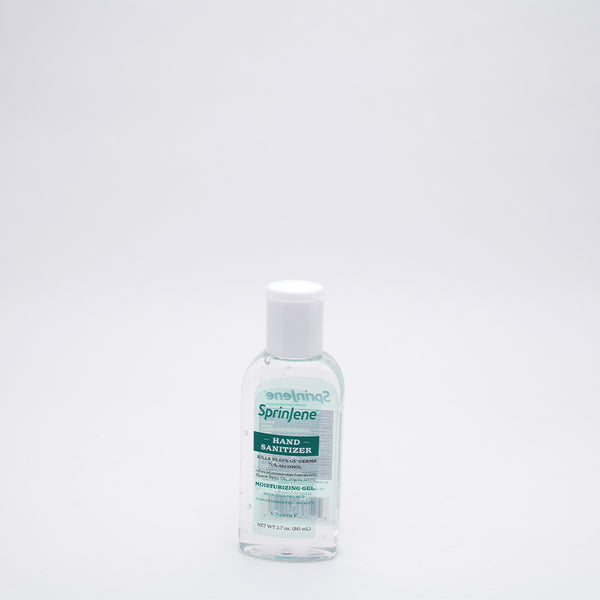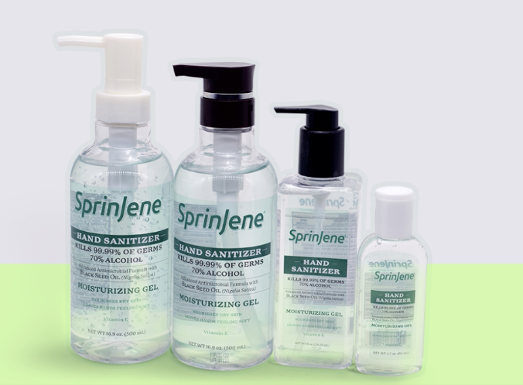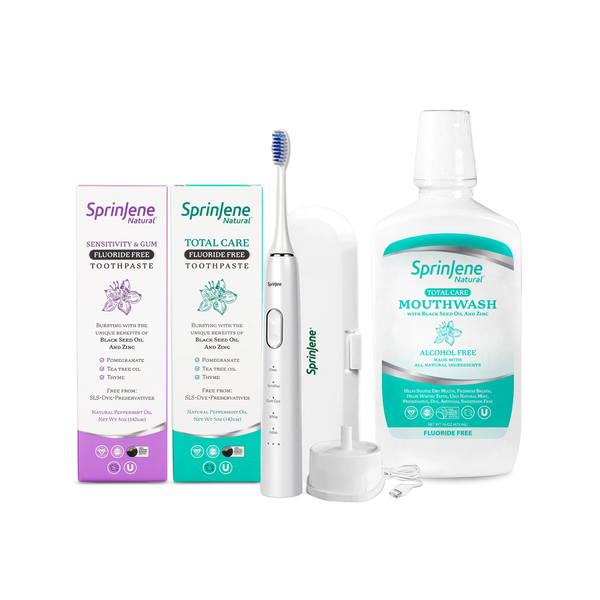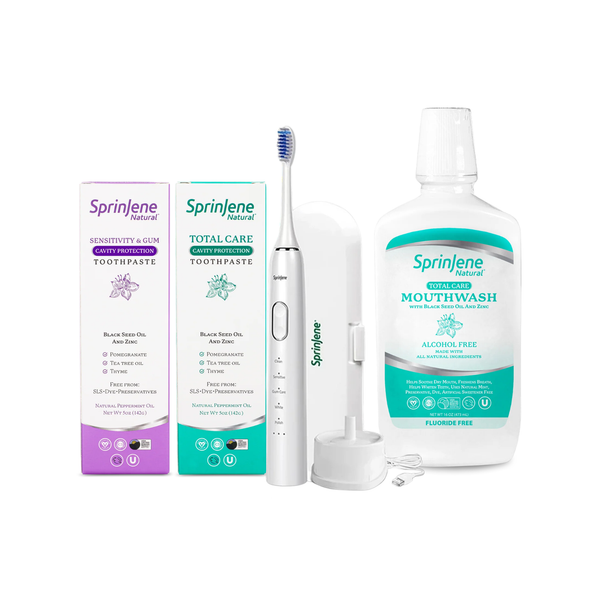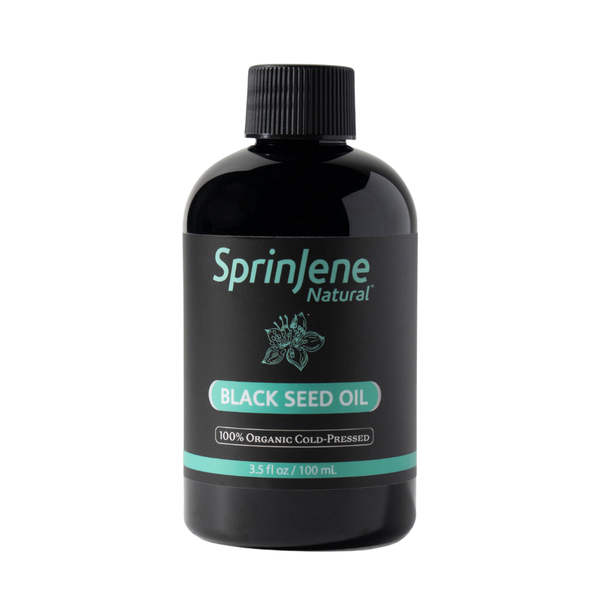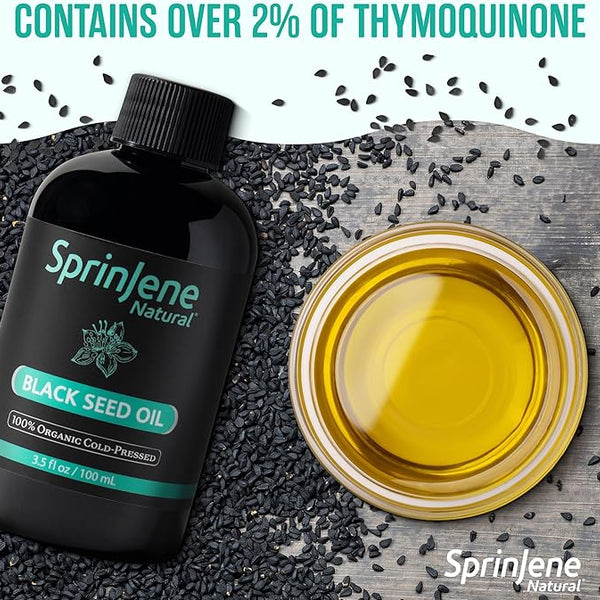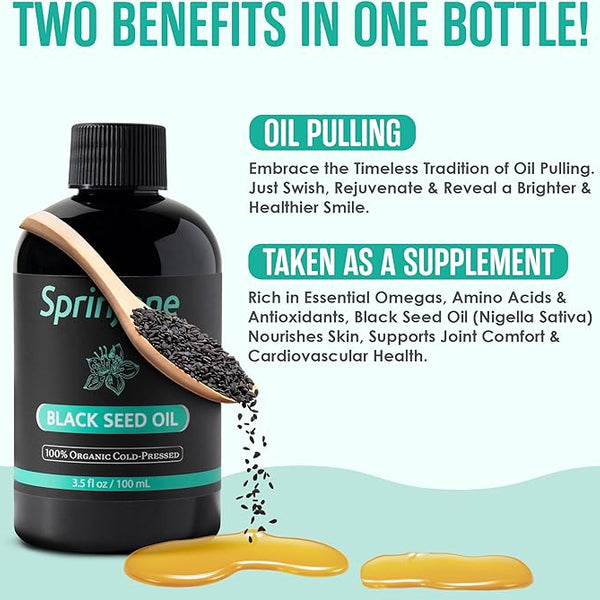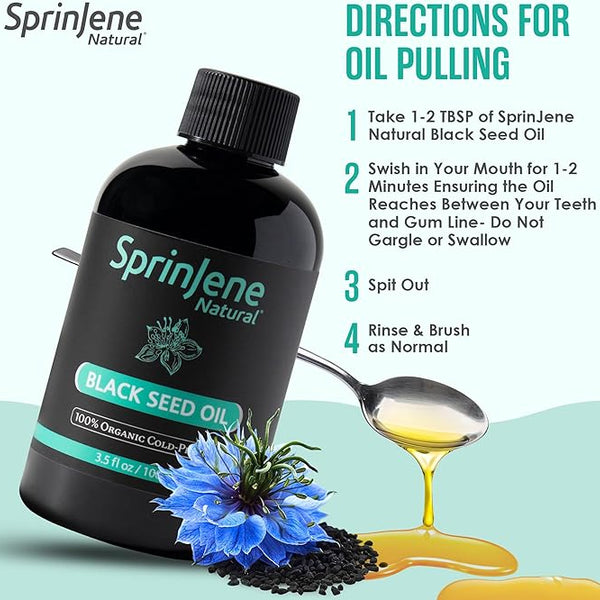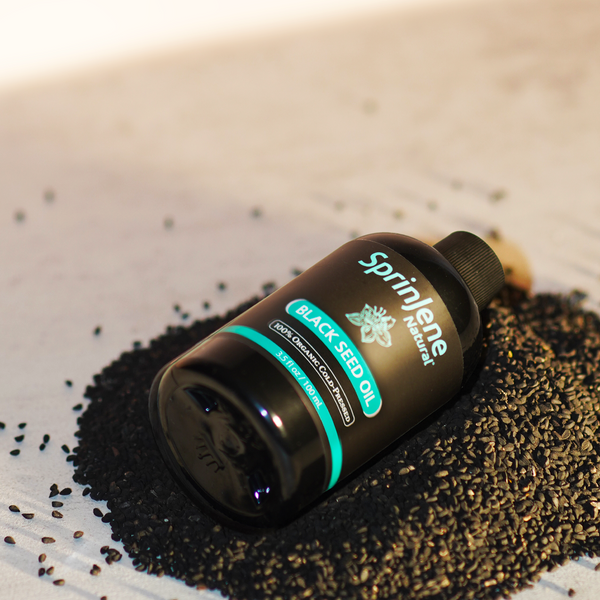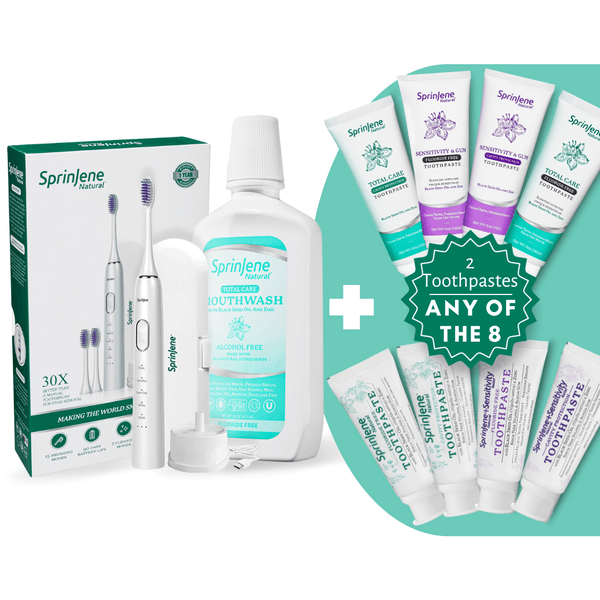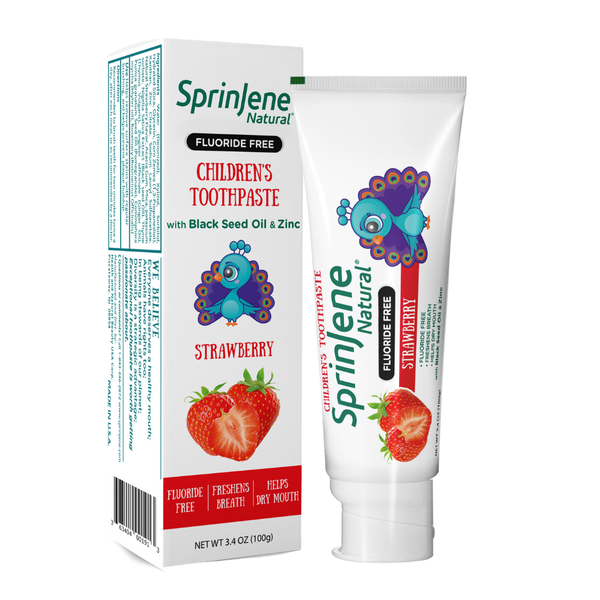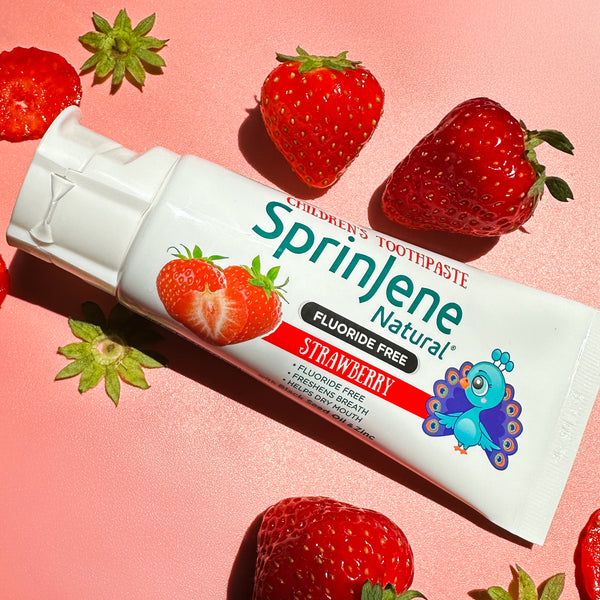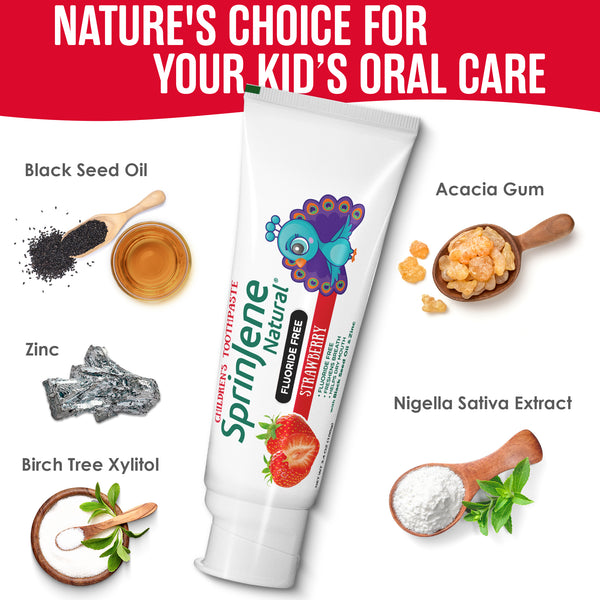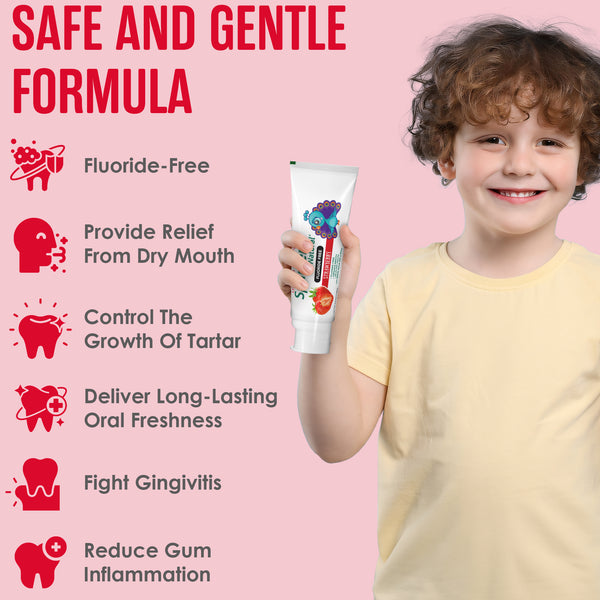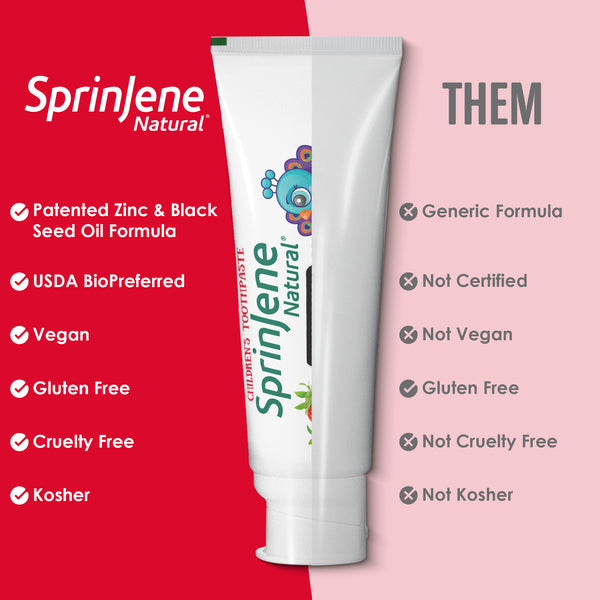
Prophylaxis is a term which means prevention from a disease. Tooth brushing plays a large role in oral prophylaxis or prevention from dental diseases as well as contributing to overall health of an individual.
Brushing your teeth largely gets rid of the build-up of plaque on the tooth surfaces as well as microbes present on the tongue and tonsillar areas.
Dental plaque is defined as a sticky yellow film that forms on the surfaces of healthy teeth. It consists of bacteria and food debris among other enzymes present in the oral cavity. Inefficient and irregular brushing of teeth causes plaque to go from soft to hard and stubborn. Dental plaque then undergoes changes and mineralizes to form tartar which is hard and very difficult to remove with a tooth brush.
Tartar that Is left to accumulate can then cause dental diseases like gingivitis and periodontitis which is localized or generalize gum infection which is very painful as well as damaging for the tooth’s support system. Gingival recession, tooth decay, sensitivity and tooth mobility are all eventual complications of gum infections.
Factors that contribute to good oral hygiene:
- Good brushing practice:
- Frequency
- Duration
- Technique
- Force and pressure
- Type of toothbrush:
- Bristle quality
- Length of tufts
- Angulation
- Manual and automatic
- Type of tooth paste and mouthwash
- Flossing and diet
Good brushing practice:
Frequency
The American dental association recommends that everyone should brush at least twice a day, once before going to bed and one first thing after waking up in the morning. this is further emphasized by the fact that plaque starts to rebuild in the mouth after every 4 hours so it is essential tooth brushing be incorporated in to your daily routine at least twice a day.
Duration
It is recommended that you spend at least 30 seconds brushing each quadrant of your teeth. This means you need to spend a total of 120 seconds or 2 minutes brushing your teeth thoroughly.
Technique
The most superior and text book recommend tooth brushing technique is known as the ‘modified Bass technique’ the brush has to be placed at a 45 degree angle at the front surface of the teeth while the bristles are projected in the pockets which surround the teeth.
The tooth brush has to be moved in a small circular motion. The bristles in the pockets are then swept in the gum line and in the biting surface the teeth before brushing over the entire front surface. This same technique will be completed on the inside surfaces of the teeth as well. The toothbrush will be placed in the pocket in a 45 degree angle completing small circles held in this position and then brushed away from the gum line on the biting surface of the teeth.
Key points
- Hold the brush at an angle making sure the bristles are pointing a the gum line
- With gentle pressure move the brush in light short strokes making sure the tips of the bristles stay in one place where as the brush head wiggles back and forth. Tiny circles can also be made in the same position, about 20 complete circles.
- Flick and roll the brush to ensure the bristles move away from the gums and brush up the plaque away from the gum line and towards the tooth edge to be rinsed and flushed out.
Force
It is advised to use gentle but firm pressure. Aggressive brushing or applying too much will end up being counterproductive and causes tooth abrasion and gum recession.
Type of tooth brush used.
The type of tooth brush used contributes to its ability to clean and should be carefully chosen. Modern toothbrushes have various bristle tuft arrangements for example flat-trim, multilevel, angled. The angled type is the one that has shown to be the most effective. There are also different lengths of bristles available and it is seen the one with the long bristles can best reach the interdental spaces.
It is also recommended to use the soft brush as opposed to the harder bristles as this is less damaging to the gums without causing any abrasion or wear. There are automated or powered tooth brushes available in the market as well. These are superior to manual brushes in that they achieve the desired motions and pressure irrespective of any manual dexterity or training. They have been quite successful in reducing plaque scores.
Type of tooth paste and mouth wash
Studies show that the following ingredients prove to be beneficial and anti-carious in tooth pastes and mouth rinses:
All toothpastes with the ADA Seal of Acceptance must contain fluoride.
In addition to fluoride, toothpastes may add active ingredients to help with problems such as tooth sensitivity, whitening teeth, reducing gingivitis or tartar build-up, or preventing enamel erosion or bad breath.
Flavoring agents that cause or contribute to tooth decay (e.g., sugar) should not be contained in any ADA-Accepted toothpaste.
Stannous salts (e.g., chloride, fluoride) have shown to effectively protect enamel and dentin from erosive and abrasive wear.
There is evidence that casein phosphopeptide-amorphous calcium phosphate, CPP-ACP, can boost the effects of fluoridated toothpaste alone to prevent caries.
Flossing and Diet
Since bristles cannot reach the areas in between teeth, it is important that you should floss twice a day in between your teeth especially the ones in the back as food debris tends to get lodged in between these spaces during chewing action of the teeth.
Of, course to maintain good oral hygiene it is essential to avoid foods and beverages that have a high sugar content, carbonated drinks and those that stick to your teeth like sticky toffees and candies.
References
E.B. HancockPeriodontal diseases: prevention Ann Periodontol/Am Acad Periodontol, 1 (1996), pp. 223-249 CrossRefView Record in ScopusGoogle Scholar
- Addy, G. Griffiths, P. Dummer, A. Kingdom, W.C. ShawThe distribution of plaque and gingivitis and the influence of toothbrushing hand in a group of South Wales 11–12 year-old children J Clin Periodontol, 14 (1987), pp. 564-572 View Record in ScopusGoogle Scholar
- Heanue, S.A. Deacon, C. Deery, P.G. Robinson, A.D. Walmsley, H.V. Worthington, et al.Manual versus powered toothbrushing for oral health Cochrane Database Syst Rev (2003)
CD002281
Needleman, J. Suvan, D.R. Moles, J. PimlottA systematic review of professional mechanical plaque removal for prevention of periodontal diseases
J Clin Periodontol, 32 (Suppl. 6) (2005), pp. 229-282
View Record in ScopusGoogle Scholar
P.G. Robinson, S.A. Deacon, C. Deery, M. Heanue, A.D. Walmsley, H.V. Worthington, et al.Manual versus powered toothbrushing for oral health
Cochrane Database Syst Rev (2005) CD002281 Google Scholar
B.J. Paster, S.K. Boches, J.L. Galvin, R.E. Ericson, C.N. Lau, V.A. Levanos, et al.Bacterial diversity
J Bacteriol, 183 (2001), pp. 3770-3783
View Record in ScopusGoogle Scholar
P.D. MarshDental plaque as a microbial biofilm
Caries Res, 38 (2004), pp. 204-211
View Record in ScopusGoogle Scholar
- Beals, T. Ngo, Y. Feng, D. Cook, D.G. Grau, D.A. WeberDevelopment and laboratory evaluation of a new toothbrush with a novel brush head design
Am J Dent, 13 (2000), pp. 5A-14A
D.E. Slot, L. Wiggelinkhuizen, N.A. Rosema, G.A. Van der WeijdenThe efficacy of manual toothbrushes following a brushing exercise: a systematic review
Int J Dent Hyg, 10 (2012), pp. 187-197
CrossRefView Record in ScopusGoogle Scholar
N.A. Robertson, A.B. WadeEffect of filament and density in toothbrushes
J Periodontal Res, 7 (1972), pp. 346-350
J.A. Gibson, A.B. WadePlaque removal by the Bass and Roll brushing techniques
J Periodontol, 48 (1977), pp. 456-459
CrossRefView Record in ScopusGoogle Scholar
A.D. Vowles, A.B. WadeImportance of filament diameter when using bass brushing technique
J Periodontol, 48 (1977), pp. 460-463
CrossRefView Record in ScopusGoogle Scholar
G.A. van der Weijden, K.P. HioeA systematic review of the effectiveness of self-performed mechanicalplaque removal in adults with gingivitis using a manual toothbrush
J Clin Peridontol, 32 (Suppl. 6) (2005), pp. 214-228
View Rerd in ScopusGoogle Scholar
T.F. McDaniel, D.L. Miller, R.M. Jones, M.S. Davis, C.M. RussellEffects of toothbrush design and brushing proficiency on plaque removal
Compend Contin Educ Dent, 18 (1997), pp. 572-577
T.E. Mintel, J. CrawfordThe search for a superior toothbrush design technologyJ Clin Dent, 3 (1992), pp. C1-C4
- Axelsson, B. Nystrom, J. LindheThe long-term effect of a plaque control program on tooth mortality, caries and periodontal disease in adults. Results after 30 years of maintenance
J Clin Periodontol, 31 (2004)
N.C. Sharma, J.G. Qaqish, H.J. Galustians, M. Cugini, M.C. Thompson, P.R. WarrenPlaque removal efficacy and safety of the next generation of manual toothbrush with angled bristle technology: results from three comparative clinical studies
Am J Dent, 18 (2005), pp. 3-
View Record in ScopusGoogle Scholar
M.J. Cronin, W.Z. Dembling, M.A. Low, D.M. Jacobs, D.A. WeberA comparative clinical investigation of a novel toothbrush designed to enhance plaque removal efficacy
Am J Dent, 13 (2000)
21A–6A
M.A. Voelker, S.C. Bayne, Y. Liu, M.P. WalkerCatalogue of tooth brush head designs
J Dent Hyg: JDH/Am Dent Hyg Assoc, 87 (2013), pp. 118-133
View Record in ScopusGoogle Scholar
N.W. Chilton, A. Didio, J.T. RothnerComparison of the clinical effectiveness of an electric and a standard toothbrush in normal individuals
J Am Dent Assoc, 64 (1962), pp. 777-782
ArticleDownload PDFCrossRefView Record in ScopusGoogle Scholar
D.R. Hoover, H.B. RobinsonEffect of automatic and hand toothbrushing on gingivitis
J Am Dent Assoc, 65 (1962), pp. 361-367
ArticleDownload PDFCrossRefView Record in ScopusGoogle Scholar
- JainA comparison of the efficacy of powered and manual toothbrushes in controlling plaque and gingivitis: a clinical study
Clin Cosmet Invest Dent, 5 (2013), pp. 3-9
CrossRefView Record in ScopusGoogle Scholar
S.A. Deacon, A.M. Glenny, C. Deery, P.G. Robinson, M. Heanue, A.D. Walmsley, et al.Different powered toothbrushes for plaque control and gingival health
Cochrane Database Syst Rev (2010)
CD004971
Sicilia, I. Arregui, M. Gallego, B. Cabezas, S. CuestaA systematic review of powered vs manual toothbrushes in periodontal cause-related therapy
J Clin Periodontol, 29 (Suppl. 3) (2002), pp. 39-54
discussion 90–1
- Muller-Bolla, F. CoursonToothbrushing methods to use in children: a systematic review
Oral Health Prev Dent, 11 (2013), pp. 341-347
View Record in ScopusGoogle Scholar
- SangnesEffectiveness of vertical and horizontal toothbrushing techniques in the removal of plaque. II. Comparison of brushing by six-year-old children and their parents
ASDC J Dent Child, 41 (1974), pp. 119-123
View Record in ScopusGoogle Scholar
A.J. Rugg-Gunn, I.D. MacgregorA survey of toothbrushing behaviour in children and young adults
J Periodontal Res, 13 (1978), pp. 382-389
S.O. Sundell, H. KleinToothbrushing behavior in children: a study of pressure and stroke frequency
Pediatr Dent, 4 (1982), pp. 225-227 D.B. McClureA comparison of toothbrushing technics for the preschool children
J Dent Child, 33 (1966), pp. 205-210
View Record in ScopusGoogle Scholar
J.Z. AnaiseThe toothbrush in plaque removal
ASDC J Dent Child, 42 (1975), pp. 186-189
- Bergstrom, S. LavstedtAn epidemiologic approach to toothbrushing and dental abrasion




